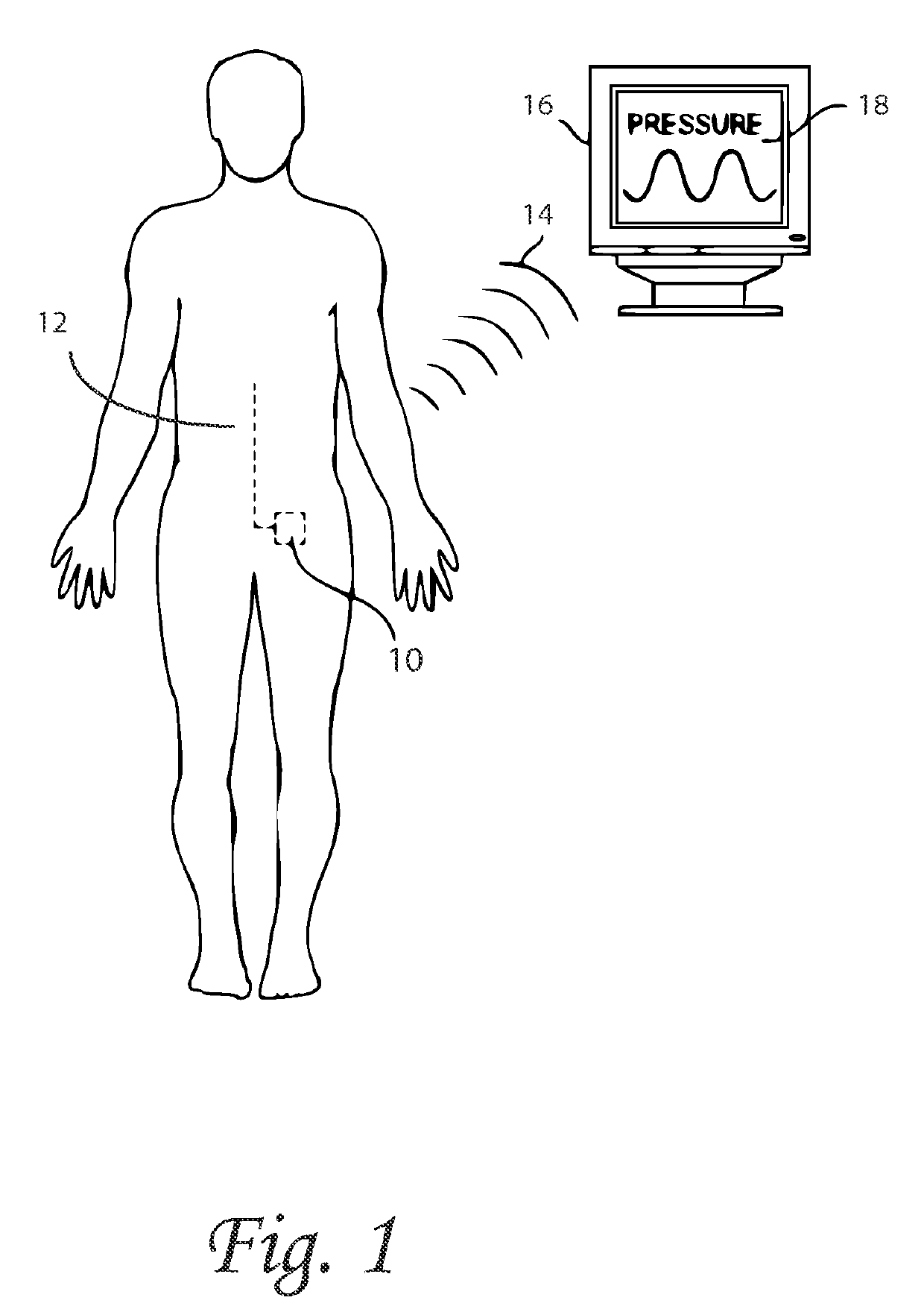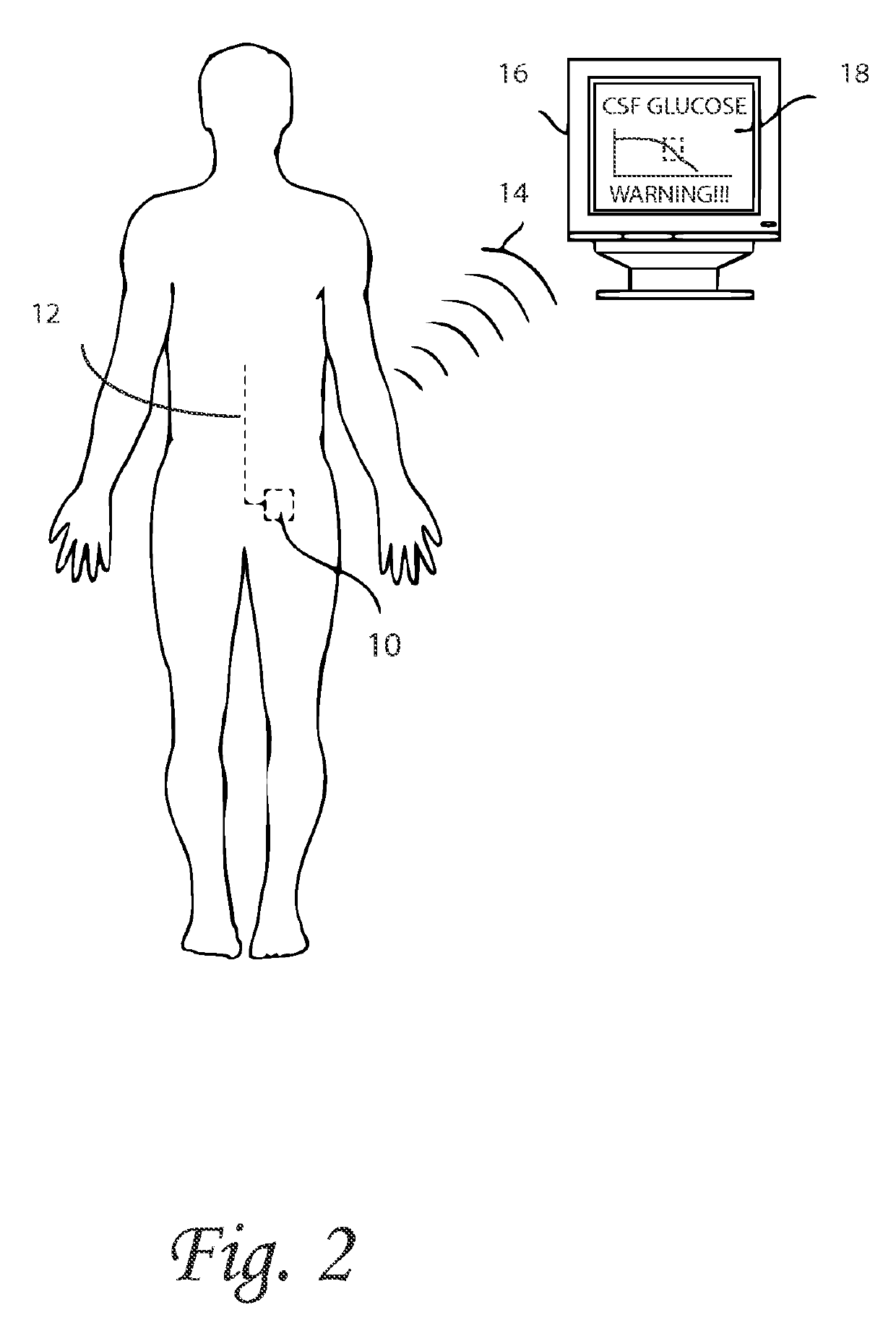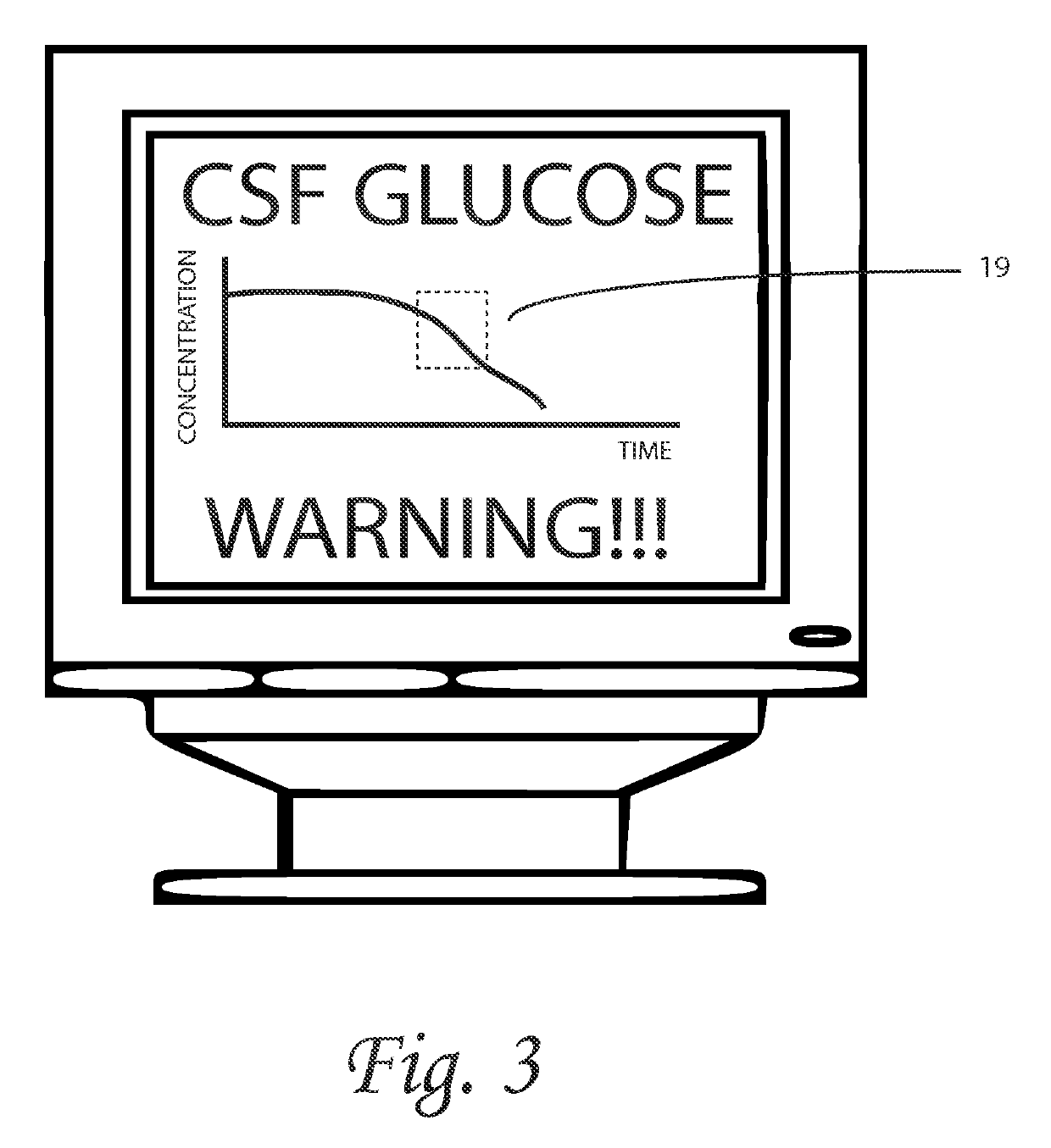Systems and methods for lumbar cerebrospinal fluid access and treatment
a cerebrospinal fluid and system technology, applied in the field of systems and methods for lumbar cerebrospinal fluid access, analysis, treatment, can solve the problems of cerebrospinal fluid shunts being prone to the same problems, creating new morbidity and mortality, and chronic access for therapeutics to the central nervous system
- Summary
- Abstract
- Description
- Claims
- Application Information
AI Technical Summary
Benefits of technology
Problems solved by technology
Method used
Image
Examples
Embodiment Construction
[0070]This is a system and method for treating neurological disease with an indwelling lumbar intrathecal catheter coupled to a medical probe and tunneled to a subcutaneous dual reservoir / pump that in an exemplary embodiment would be fastened to the posterior ilium.
[0071]The system and method allows for simultaneous inflow and outflow of cerebrospinal fluid, which would allow for treatment and exchange of cerebrospinal fluid. The system and method may be used in isolation or in line with other specialized devices such as internal subcutaneous valves, anti-syphon technology, pumps, drug delivery systems, filters and dialyzers. Alternatively, the dual dome subcutaneous reservoir / pump can be accessed by an operator externally with dual needles and external pumping, drug delivery, filtering and / or dialyzing of the cerebrospinal fluid may take place. The subcutaneous dual reservoir / pump allows simultaneous, bidirectional cerebrospinal fluid access and flow and therefore cerebrospinal flu...
PUM
 Login to View More
Login to View More Abstract
Description
Claims
Application Information
 Login to View More
Login to View More - R&D
- Intellectual Property
- Life Sciences
- Materials
- Tech Scout
- Unparalleled Data Quality
- Higher Quality Content
- 60% Fewer Hallucinations
Browse by: Latest US Patents, China's latest patents, Technical Efficacy Thesaurus, Application Domain, Technology Topic, Popular Technical Reports.
© 2025 PatSnap. All rights reserved.Legal|Privacy policy|Modern Slavery Act Transparency Statement|Sitemap|About US| Contact US: help@patsnap.com



